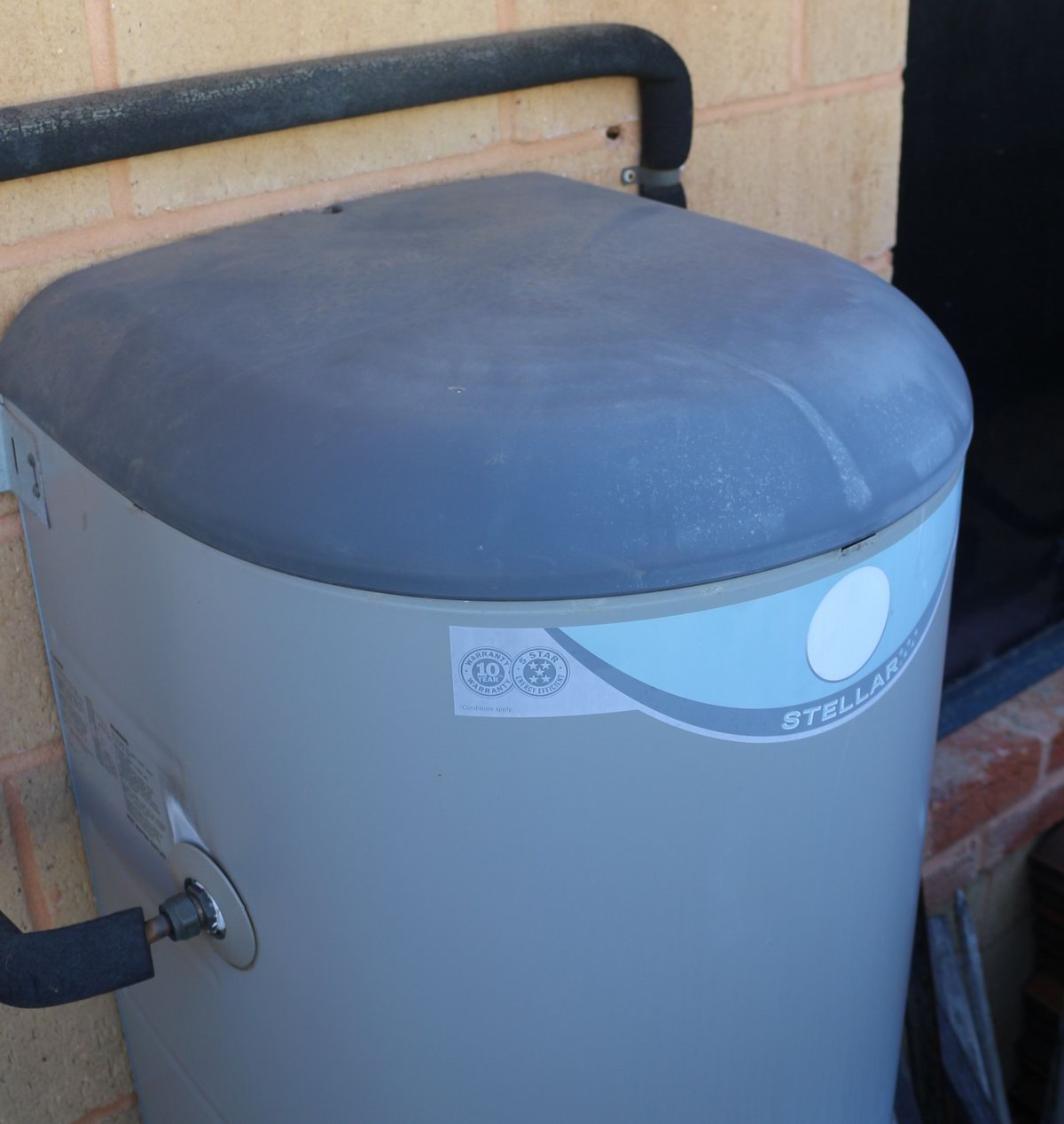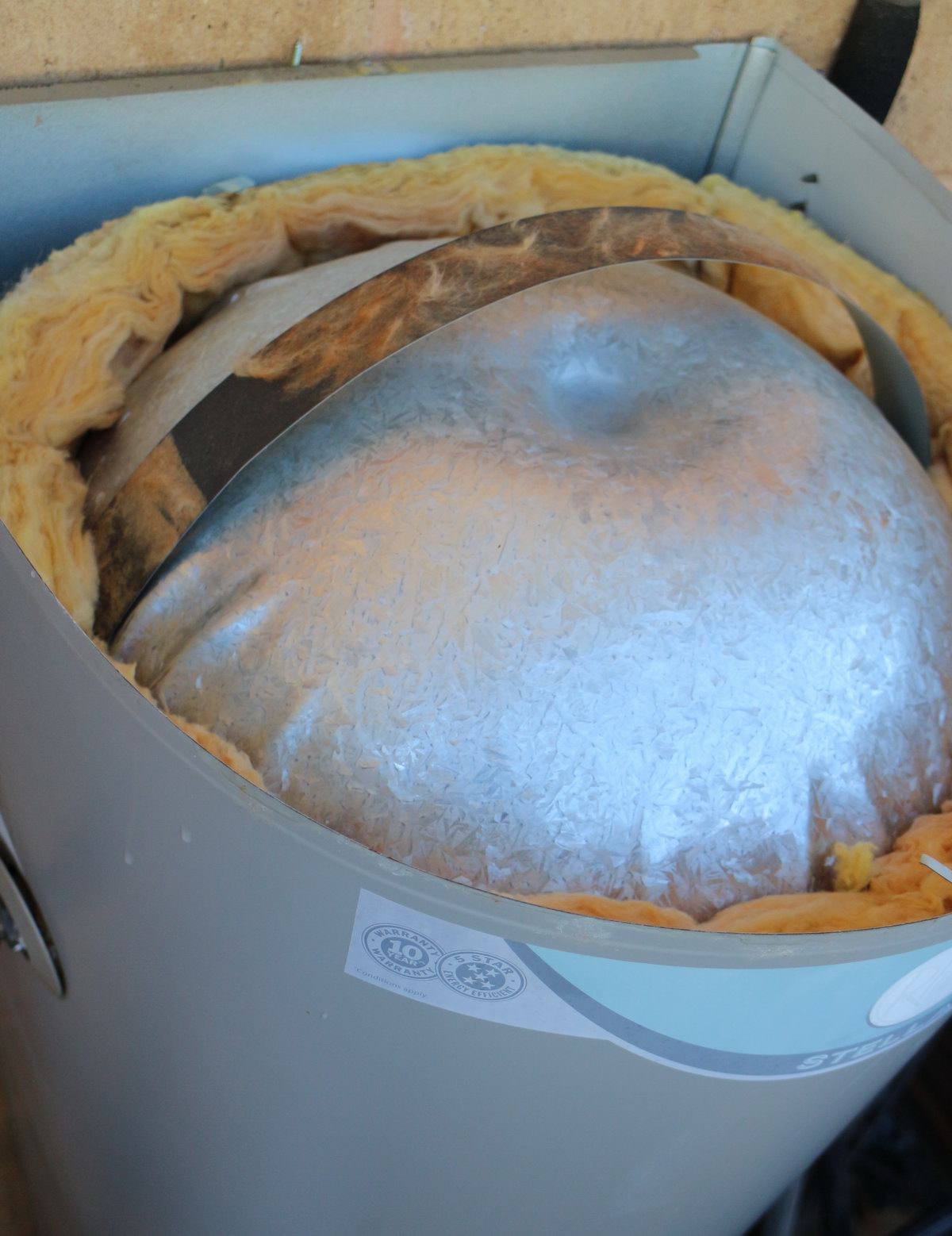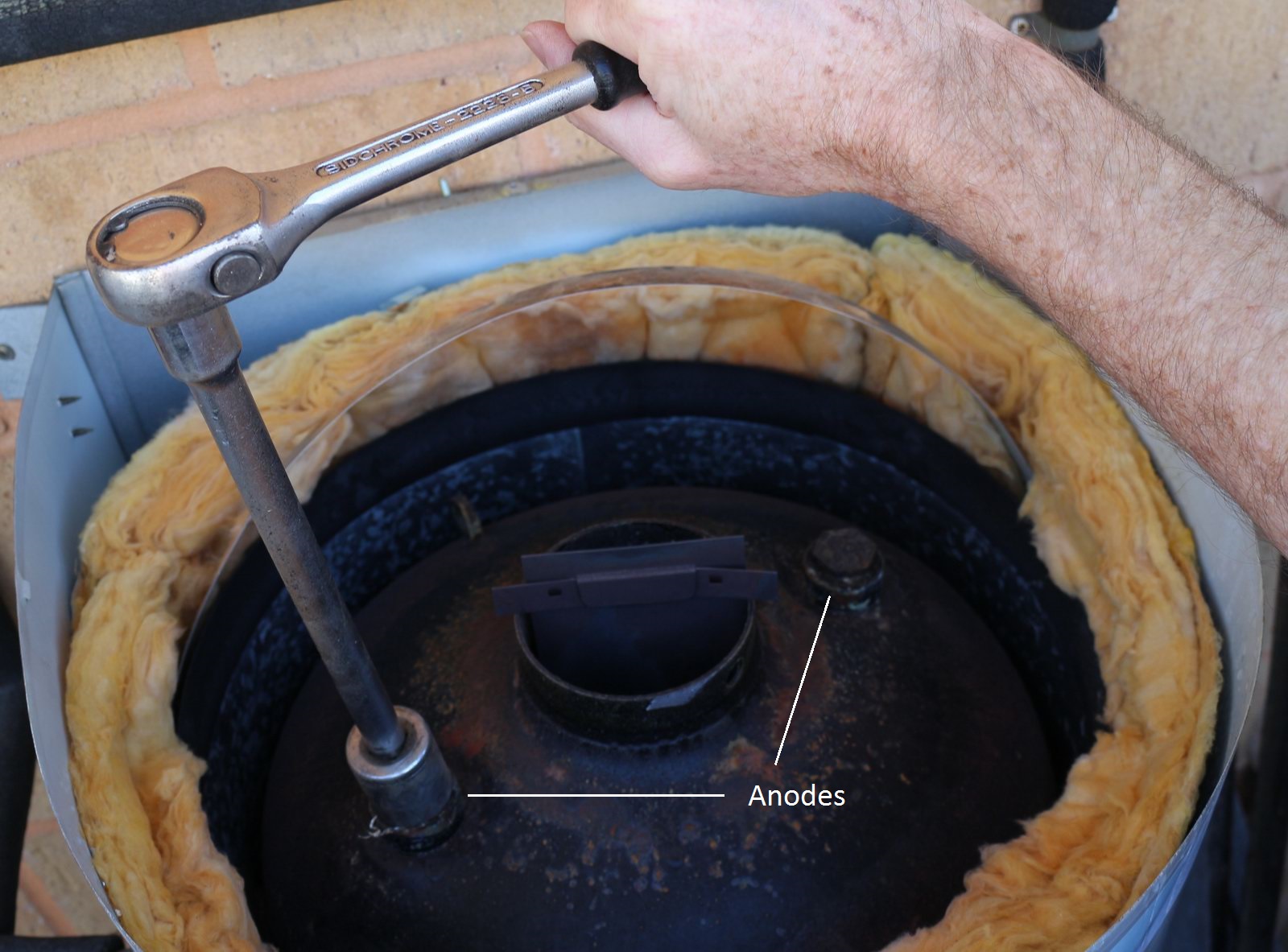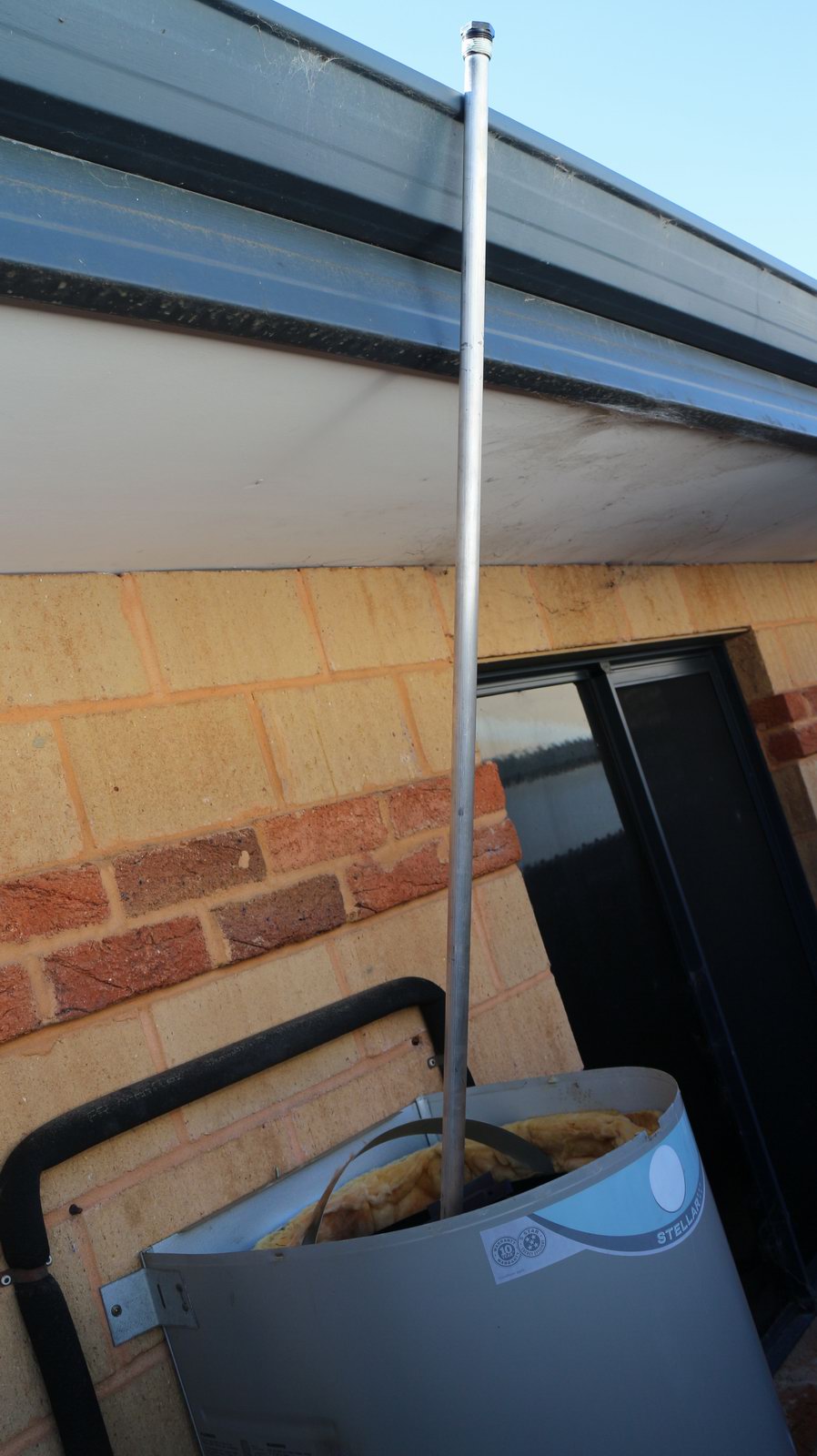Hot water systems have sacrificial anodes, designed to corrode instead of the water tank inside. Depending on your water quality, you will need to replace them somewhere between yearly and never.
Definitions: a sacrificial anode is a lump of metal that is more corrosive than another metal you want to protect. Metals rust, thanks to the physics of electrolysis, but we can't be too critical about it because chemical batteries work on the same principle.
When salts/ions in water are in contact with the steel tank in your hot water system, the steel tank rusts via an electrochemical reaction. But, if we put in a lump of metal that is more reactive than steel, then that metal will rust and the steel won't. Eventually, depending on how much salt comes in with your water, the lump of metal corrodes away, and the salts can get back to rusting out your steel hot water tank.
So periodically replace them! How often? I can't tell you. In my home town of Perth I'd heard five years, my hot water system was maybe seven years old, so I ordered some new ones online, I needed 2, delivered for $100AUD2019. Sacrificial anodes vary from brand and model, but there is a bit of standardisation, I had "black" 21mm magnesium ones. Length unknown, so I bought the longest ones knowing I could cut them down if need be.
On the hot water system there is a single screw on the top cap at the back, there are two tabs on the side you push in with a screwdriver, and then the front has a tab that will come forward as you angle the top off forward. You will probably try carefully and end up breaking off the front tab, losing the screw down the back and forcing the side tabs. Oh well. It stills sits on top just fine even broken and missing bits.
Underneath is some insulation, and underneath that a pressed steel bowl. No, that is not the top of the tank. Back in the old days gas hot water systems used to run the hot air up the middle of the tank (yep, the water tank is a stretched out donut shape) and the hot air ran straight out the top into the the atmosphere. Nowadays, for better efficiency, the hot air comes up the middle, the bowl at the top "reflects" the hot gases back down the outside of the tank and exits from side vents towards the bottom. Clever; more time the hot air is in contact with the tank.
The bowl is only resting in place, lift it off, the Stellar has a metal loop you'll have to jiggle it a bit to get the bowl off. Don't forget to turn the hot water system off first. And turn off the water at the incomer, and turn on the lowest tap in your house, normally the bathtub, to release the water pressure.
Underneath now is the tank. It has the two anodes on the top, you'll need a 27mm socket, an extension and a long bit of pipe to put on a lot of torque. They are probably going to be well stuck, mine certainly were.
I was horrified to pull mine out, completely corroded away, and the steel centre core rusted and snapped halfway down on one - I should have done this years ago! So the tank will be partially rusted, better late than never though. I've had a hot water system fail on me before - tank through - I'm sure it could have been prevented with a maintenance regime of new anodes on a regular basis.
Get the old ones out, and put the new ones in. You will probably get the same problem as me - they are too long and the roof is in the way! No dramas, take out a couple of screws and carefully lean the hot water system away from the wall so you get a bit more purchase angle. I didn't need to disconnect any gas or water pipes. Clean up the threads in the tank first, mine were carbon'ed up.
The threads should have a bit of thread tape added to prevent leaks, but make sure it isn't fully taped, there needs to be some bare metal touching the steel tank, otherwise the electrolysis won't work.
The length of my new ones was slightly longer than the old ones, if it didn't fit (bottomed out during install) I would have cut it, but, it was fine.
Screw them in nice'n'tight, turn water to the house back on, check for leaks. Re-attach to wall, put back together. Pat yourself on the back. "What your plumber doesn't want you to know", ha ha. There's money to be made installing a new hot water system, not so much in replacing anodes.
From what I can see there are after market anode makers, you don't need to go back to the original manufacturer. It's not rocket science, just a lump of reactive metal around a core of steel connected to a bolt up the top. For $50 each, delivered, and if I only have to do it every 5 years, that's better than the $$$ of dollars for a whole new system.
Do it! Order some! If you can't remember the last time you replaced them, they need replacing! Unless you have pure ion-free water coming into your house, then you are probably okay. Don't let your hot water tank rust out when you could avoid it...
JAW













 database
database